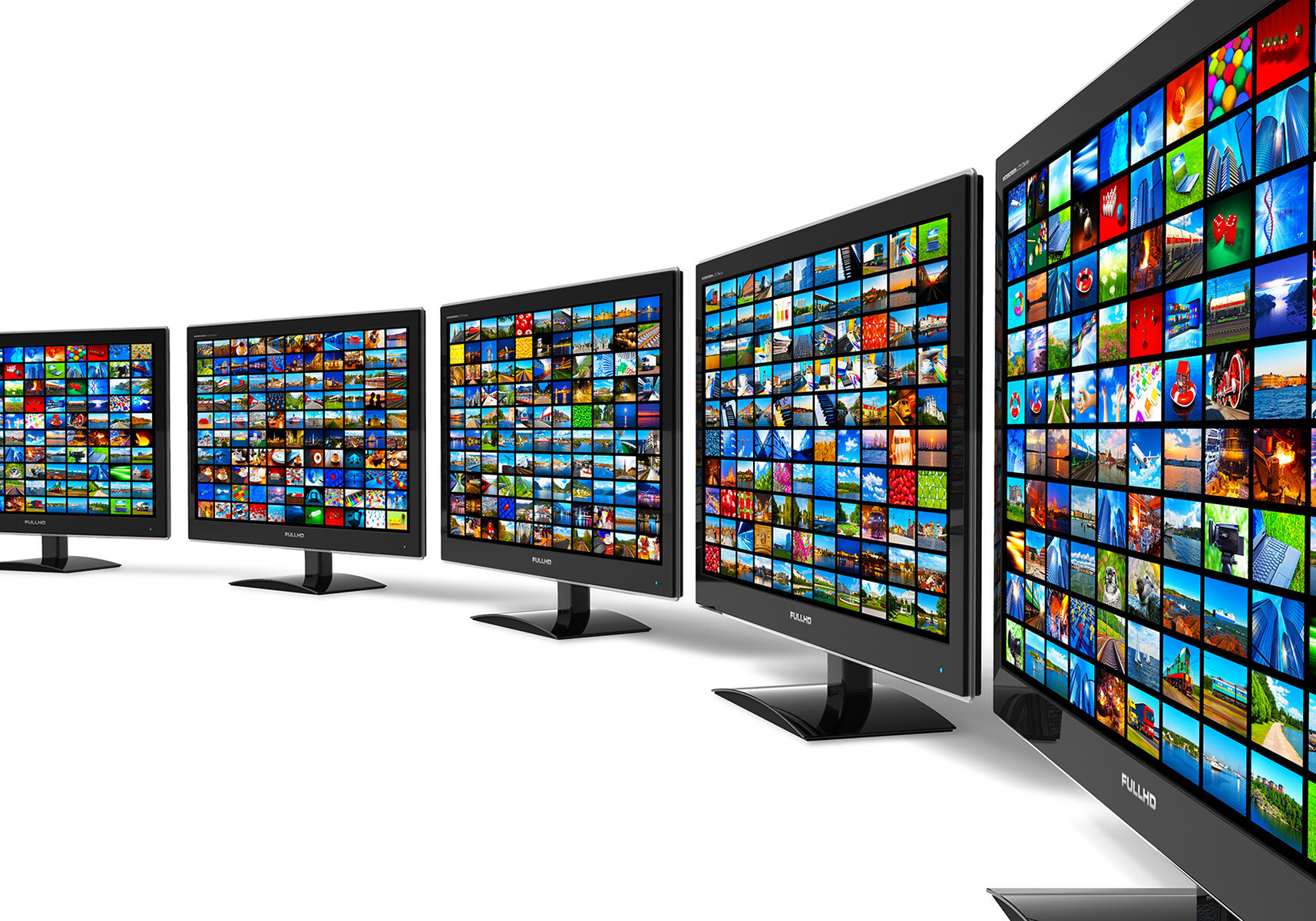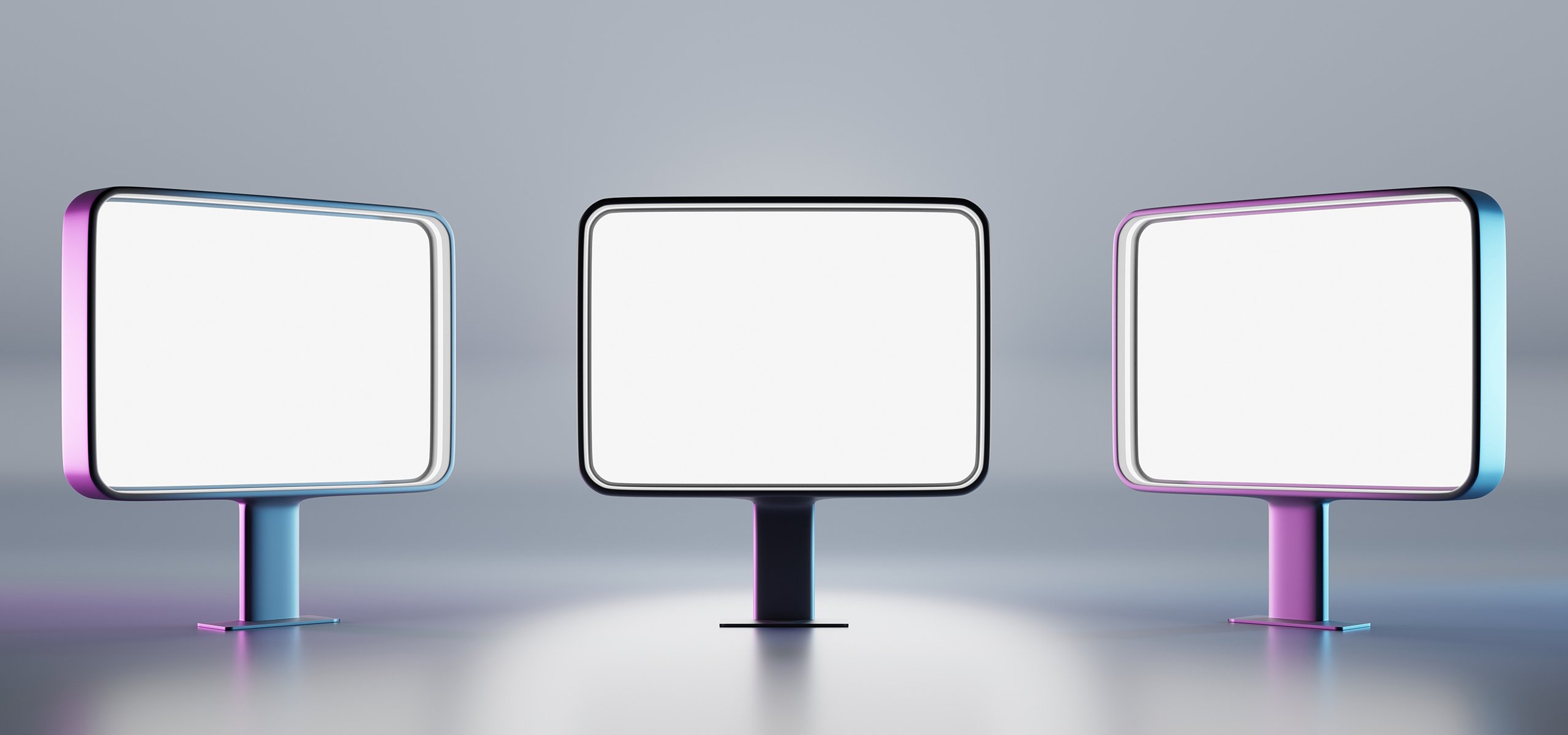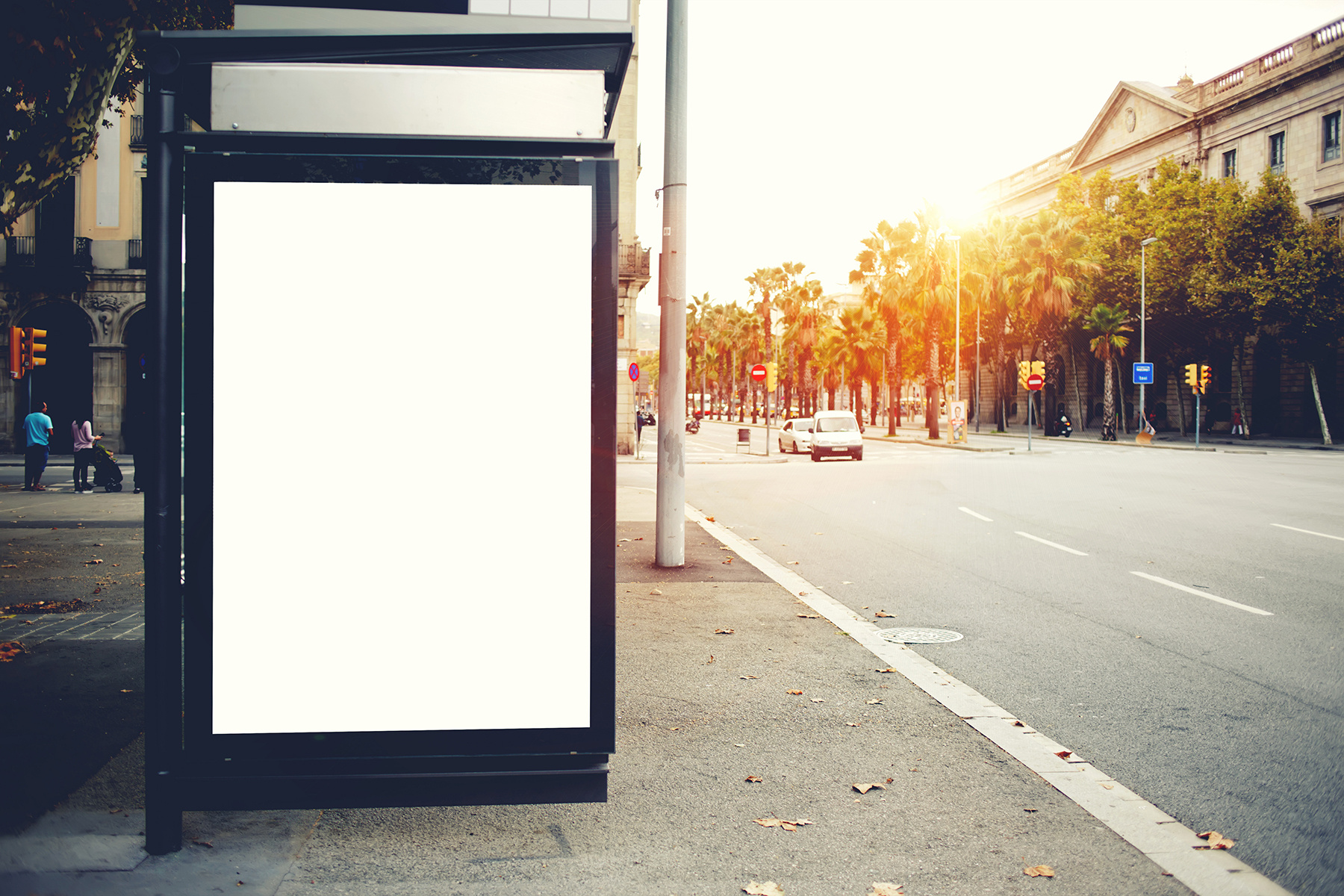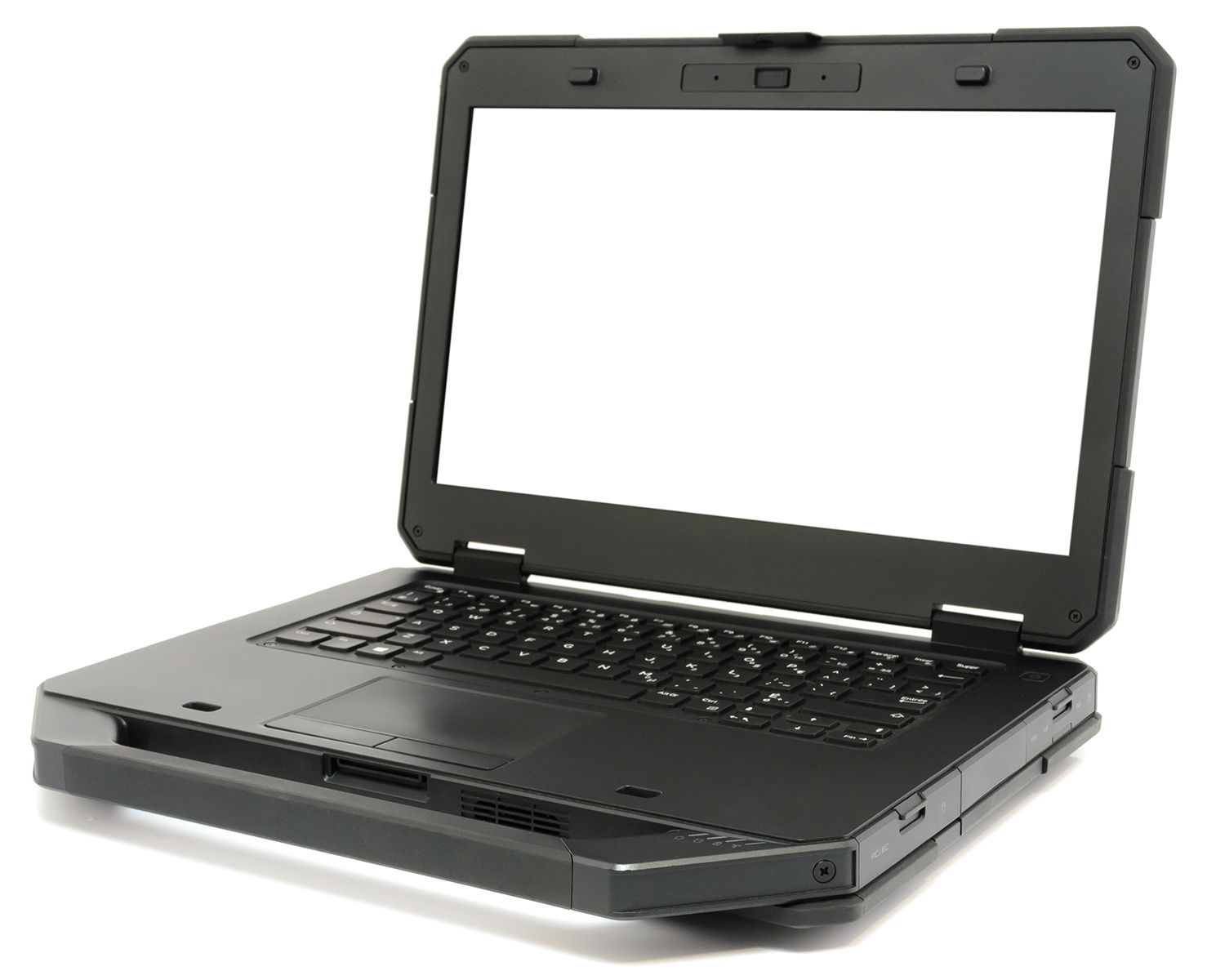The Role of Advanced Reflection Management in Readable Displays
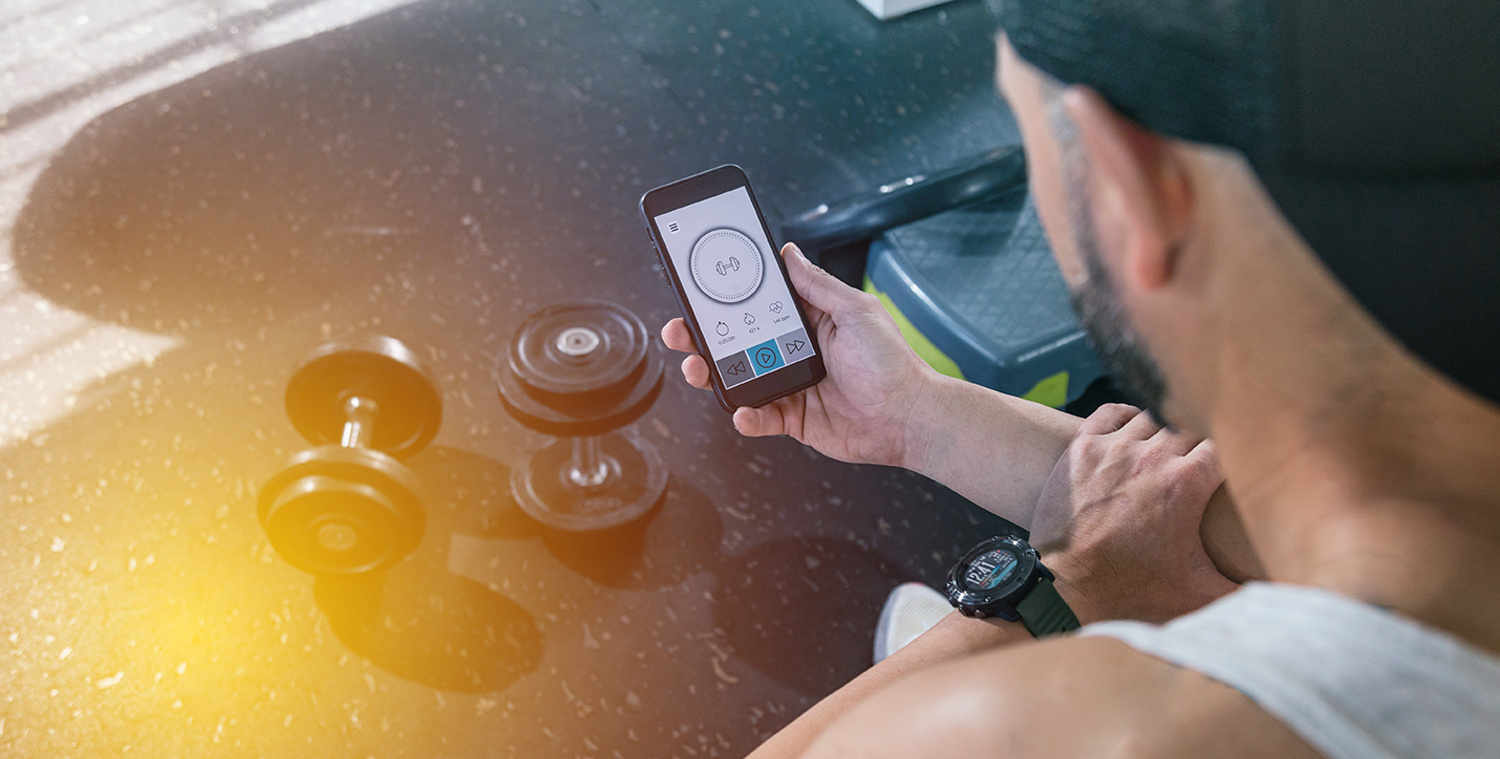
Ensuring that screens are readable in all lighting conditions has become vital as our reliance on digital devices grows. Sunlight readable monitors are engineered to maintain clarity even under direct sunlight, providing significant benefits across various applications. This article explores the role of advanced reflection management in these displays, highlighting why they are essential for modern outdoor environments.
What Are Sunlight Readable Monitors?
Sunlight-readable monitors are designed with advanced technologies that enhance their visibility in bright environments. These monitors are equipped with high brightness levels, anti-glare coatings, and optical bonding, ensuring the display remains clear even in direct sunlight. These features are crucial for applications such as outdoor kiosks, digital signage, marine navigation, and military operations.
Importance of Advanced Reflection Management
Advanced reflection management is the key to making sunlight-readable displays effective. This technology minimizes the amount of light reflected off the screen, which can otherwise obscure the display content. Here’s why reflection management is critical:
1. Improved Visibility: By reducing glare and reflections, the screen content remains sharp and readable even in direct sunlight.
2. Enhanced User Experience: Users can easily interact with the display without straining their eyes, improving overall satisfaction.
3. Wider Application Range: Devices with effective reflection management can be used in various challenging environments, from outdoor public spaces to harsh industrial settings.
Technologies Behind Sunlight Readable Outdoor Displays
Several technologies contribute to the effectiveness of sunlight readable outdoor displays. These include:
- High Brightness Displays: These screens have higher luminance levels, making them visible in bright conditions.
- Anti-Glare Coatings: These coatings scatter light that hits the screen, reducing reflections and glare.
- Optical Bonding: This process involves laminating a layer of optical-grade adhesive between the display and its cover glass. It eliminates the air gap that can cause reflections, enhancing contrast and readability.
Applications of Sunlight-Readable Displays
Sunlight-readable displays are versatile and can be found in numerous industries:
- Outdoor Digital Signage: Ensures advertisements and information are visible in all lighting conditions.
- Marine and Military: Critical for navigation and operational displays that must be readable in direct sunlight.
- Transportation: Vital for information displays in buses, trains, and other outdoor vehicles.
Choosing the Right Sunlight Readable Monitor
When selecting a sunlight-readable monitor, consider the following factors:
- Brightness Level: Ensure the monitor has sufficient brightness (typically 1000 nits or higher) to combat direct sunlight.
- Durability: Outdoor environments can be harsh, so the monitor should be robust and weather-resistant.
- Viewing Angles: Wide viewing angles ensure the display is readable from different positions.
- Touch Capability: If interaction is required, opt for monitors with responsive touch capabilities.
Conclusion: Investing in Visibility
Investing in sunlight-readable displays is crucial for businesses and industries that operate in outdoor or high-brightness environments. The advanced reflection management technologies in these monitors ensure that content remains visible and readable, enhancing both functionality and user experience. For high-performance sunlight readable monitors, E3 Displays stands out as a leader, providing durable, high-quality solutions tailored to meet diverse needs.
Recent Blogs
-
April 03, 2025


